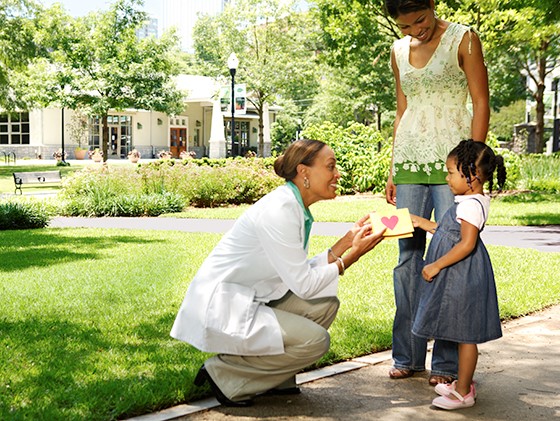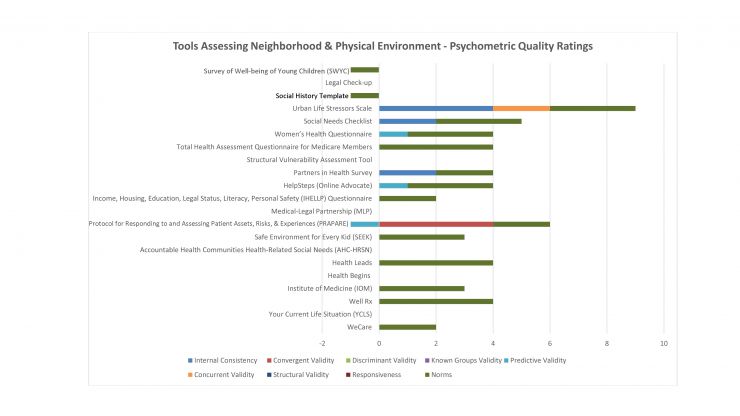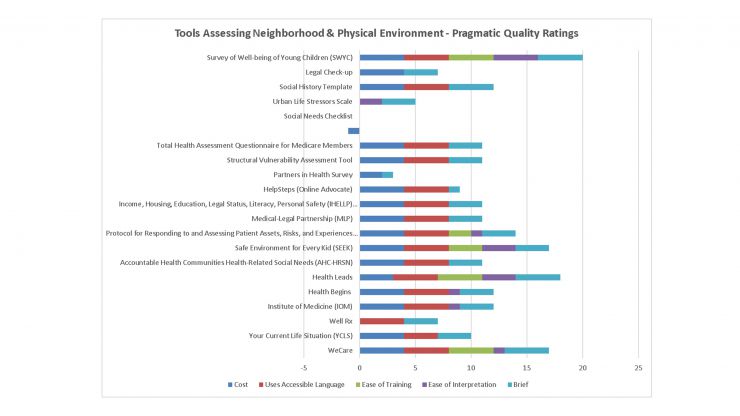Neighborhood & Physical Environment
The land, air, water, plants, animals, buildings, other infrastructure, and all natural resources that provide our basic needs and opportunities for social and economic development.
Constructs Related to this Domain
Safety, Crime, and Violence
Accidents, crimes, violent events, or interpersonal/domestic violence that affect health or quality of life. This could have direct (e.g. assault or burglary) or indirect (unsafe neighborhood causing anxiety) effects.
Environmental Conditions
Factors such as clean air, clean water, clean soil. Environmental contaminants could include pollution (or other toxins) or noise. Climate or weather-related factors could also fit here.
Quality of Housing
Housing (in)stability, how many tenants are living under one roof, or the size of a house. Other factors could include whether a house is structurally sound, whether indoor air quality or temperature are adequate, whether there are allergens, dust, or mold, and whether the house was built to prevent or withstand natural or man-made events (e.g. a fire). Homelessness would also fit here.
Transportation
Access to transit or means of travel. This could include public transportation such as busses or trains, private vehicles such as cars or bikes, or pay for service vehicles such as taxis. This could also include information related to vehicular accidents.
Parks
Availability of large public areas in town, used for recreation.
Playgrounds
Availability of areas designated for children to play on (especially at a school or a public park).
Walkability
A measure of how friendly an area is for pedestrians and the extent to which residents can safely and comfortably walk to various buildings, dwellings, and public spaces in their neighborhood.


